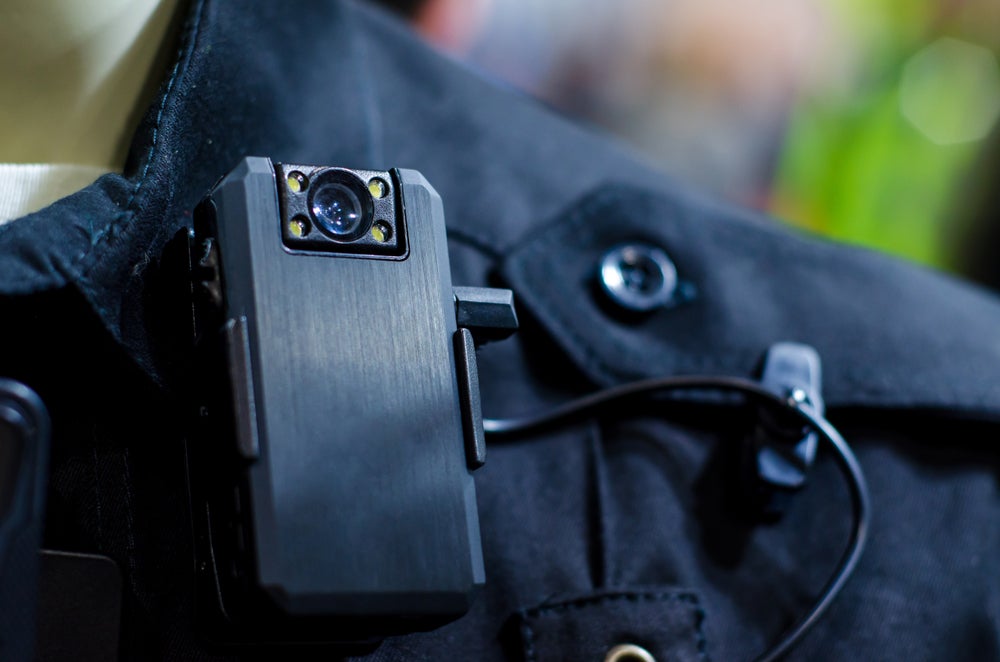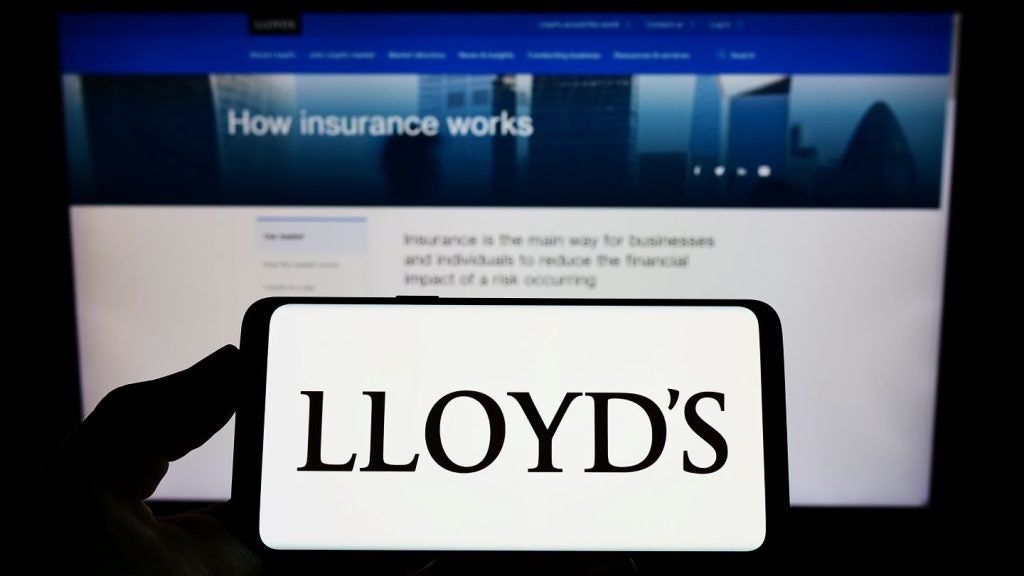
The recordings from the AXA UK cameras will provide detailed information about materials used, together with evidence of safety practices and site management for the areas being refurbished.
Flammable cladding and its danger was highlighted by the Grenfell Tower tragedy in 2017, and some of AXA UK’s customers’ properties now require remediation to make them safer and more resilient to fire.
However, a lack of records of the materials used in the construction of multi-occupancy buildings like Grenfell sets a huge challenge in identifying those that are affected and what needs to be replaced.
In addition, flammable insulation and poor workmanship can be hidden beneath external cladding, and evidence of what has been done has often been impossible to trace once work is finished and contractors have left.
AXA UK will use Motorola solutions VT100 body cameras when responding to incidents.
Furthermore, AXA UK is supporting customers whose properties have been affected by this issue. The firm is trying to keep premiums as low as possible despite the increased risk with these types of buildings.
Also, when buildings are renovated, AXA has kept its agreement to reduce premiums to reflect the reduced risk.
Dougie Barnett, director of customer risk management at AXA Commercial, said: “We decided to use this cutting-edge technology to record evidence of the remediation work and securely store it in the cloud for reference. Our Business Resilience Team has been capturing videos of commercial risks in this way for the past three years for underwriters to review, so it made sense to extend this practice to these building remediations. It means underwriters can clearly see what’s been done when they assess risk and provide a quote with confidence, both now and in the future.
“We are funding this initiative to protect our customers and ensure the work is carried out to the required standard using the correct materials. We’ll also have evidence of how protection systems such as sprinklers and alarms are installed, with this weekly video capture supplementing our regular visits to individual sites. When the work is completed, it should result in the remediated buildings being an improved risk, which will have a positive impact on policy premiums, so it’s important for everyone involved in the process to have a clear view of what’s happening.”







